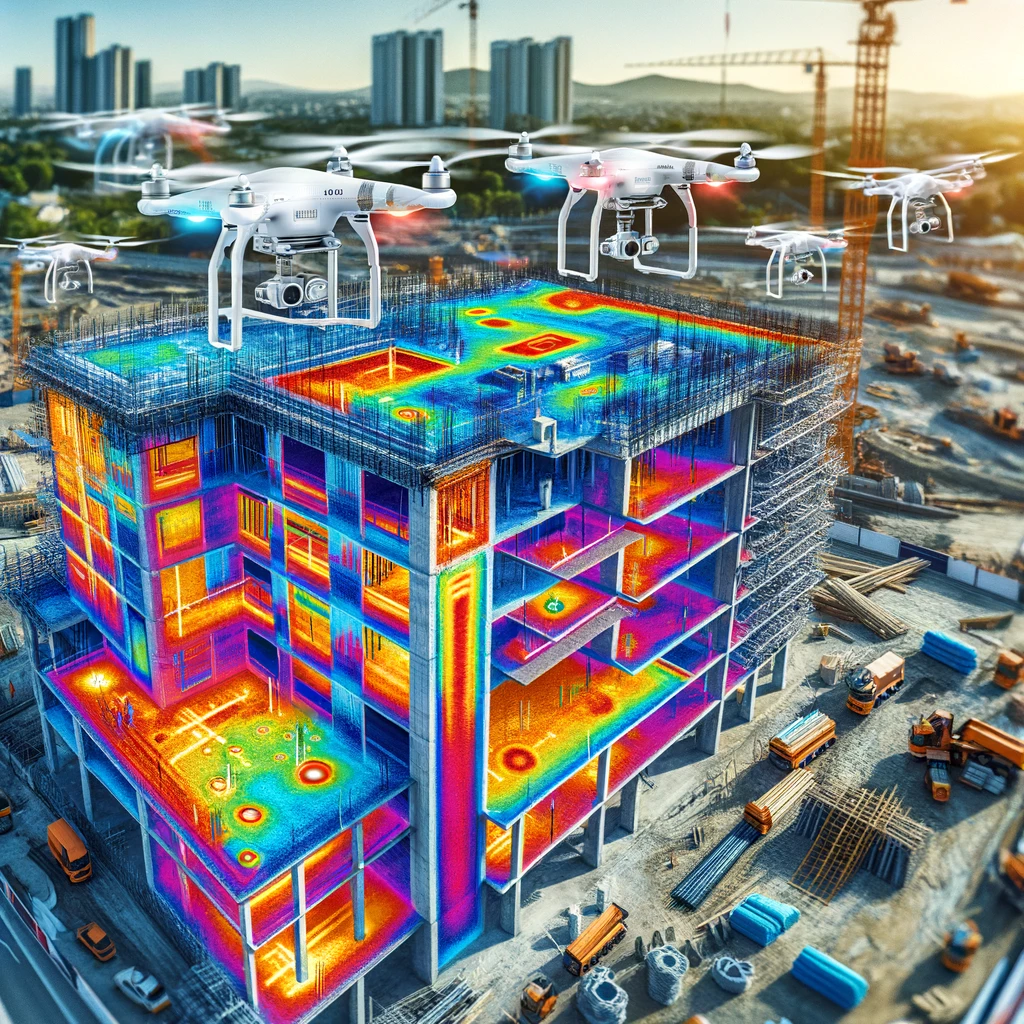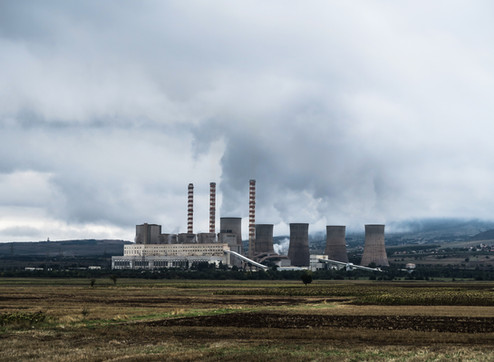Maximizing Efficiency in Construction: The Power of Thermal
- Grant Füellenbach

- Feb 2, 2024
- 2 min read
Introduction
In the rapidly evolving landscape of construction technology, drones have emerged as a pivotal tool, revolutionizing how projects are managed, monitored, and executed. Among the myriad of advancements, thermal sensors mounted on drones stand out for their unique ability to enhance project efficiency, safety, and quality control. This blog post delves into the transformative impact of drone thermal sensors in the construction industry, highlighting their value, addressing challenges, and exploring future trends.
The Value of Thermal Sensors in Construction
Energy Efficiency
One of the most significant advantages of using thermal sensors in construction is their ability to identify energy inefficiencies within buildings. By detecting areas where heat escapes or is excessively absorbed, these sensors provide critical data that can lead to substantial energy savings. For instance, thermal imaging can reveal poorly insulated areas or thermal bridging, guiding targeted improvements that enhance a building's overall energy performance.
Structural Integrity Monitoring
Thermal sensors also play a crucial role in monitoring the structural integrity of construction projects. They are particularly valuable in the concrete curing process, where maintaining the right temperature is essential for strength and durability. By continuously monitoring the temperature of curing concrete, thermal sensors can help prevent structural failures caused by improper curing, ensuring the longevity and safety of the structure.
Safety Enhancements
The safety of construction sites is significantly improved with the use of thermal sensors. These devices can detect overheating equipment, electrical faults, and other hazards that pose risks to workers. By providing real-time alerts, thermal sensors enable prompt action to mitigate potential dangers, fostering a safer work environment.
Overcoming Challenges with Thermal Sensors
Despite their benefits, integrating thermal sensors into construction projects is not without challenges. Strategic sensor placement is crucial for accurate data collection, necessitating careful planning and site assessment. Additionally, selecting sensors capable of withstanding the harsh conditions of construction sites is essential for reliable performance.
Moreover, the expertise required to interpret thermal data accurately cannot be understated. Misinterpretation can lead to incorrect decisions, underscoring the need for skilled personnel or advanced analytical tools. Addressing these challenges is key to unlocking the full potential of thermal sensors in construction.
Case Studies and Applications
Real-world applications of drone thermal sensors in construction underscore their transformative potential. From identifying energy leaks in large commercial buildings to ensuring the structural integrity of critical infrastructure, these case studies highlight the tangible benefits and cost savings achieved through thermal imaging.
Future Trends
The future of drone thermal sensor technology in construction looks promising, with advancements in sensor accuracy, data analysis, and integration with other construction technologies. As these sensors become more sophisticated and accessible, their impact on the construction industry is set to grow, driving further improvements in efficiency, safety, and sustainability.
Conclusion
Drone thermal sensors represent a game-changing technology in the construction industry, offering unparalleled insights into energy efficiency, structural integrity, and site safety. While challenges exist, strategic planning, technological solutions, and operational adjustments can effectively address them, maximizing the benefits of thermal imaging. By embracing the power of drone thermal sensors, construction projects can achieve new levels of efficiency, safety, and quality control. As we look to the future, the continued integration of this technology promises to bring even greater advancements to the construction industry, solidifying its role as an indispensable tool for modern construction management.

.png)







































Comentários